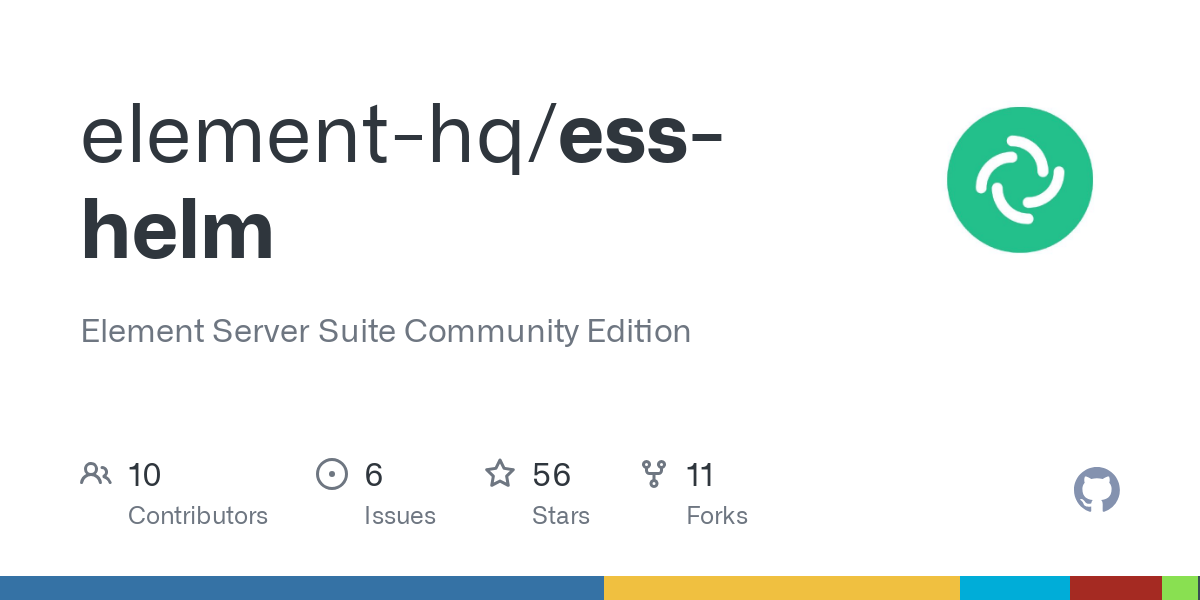

You should look into “Configuration as code”, where you use automation via various methods and store the code in a git repo. The other commenter in the thread is a good example of this methodology, using Terraform and Ansible, but there are many ways to do this.








I think a browser extension, similar to tor snowflake would be a good way to do this.